
- Shandong Loyal Industrial Co.,Ltd.
- SHORT-CUT PASTA PRODUCTION LINE LONG-CUT PASTA PRODUCTION LINE INSTANT PASTA PRODUCTION LINE
Home> Application> Fully Automated Pasta Production Line Price: Unlocking Efficiency and Energy Savings

Fully Automated Pasta Production Line Price: Unlocking Efficiency and Energy Savings
Fully Automated Pasta Production Line Price: Unlocking Efficiency and Energy Savings
Introduction
Pasta production is a cornerstone of the food industry, and the adoption of fully automated pasta production lines represents a significant leap forward. As we delve into the intricacies of these automated systems, the paramount importance of efficiency and energy savings becomes evident. This article aims to unravel the connection between fully automated pasta production line prices and the unlocking of unparalleled efficiency and energy conservation.The Short-Cut Pasta Production Linetechnology of Shandong Luoya Industrial Co., Ltd. has introduced advanced technologies from BUHLER and BID .
Understanding Fully Automated Pasta Production Lines
Fully automated pasta production lines encompass a sophisticated blend of technology and culinary craftsmanship. This section explores the definition and components of these advanced systems, highlighting the pivotal role of technology in automating the pasta production process. The advantages, particularly in terms of efficiency and energy conservation, underscore the transformative impact of fully automated systems.
Exploring Pasta Production Line Prices
An in-depth examination of pasta production line prices is essential for businesses navigating the market. Factors influencing these prices, market trends, and variations based on features and specifications are explored. The section emphasizes the importance of cost considerations in the decision-making process for businesses looking to invest in fully automated pasta production lines.
Efficiency Unleashed: How Automation Impacts Pasta Production
Automation is a game-changer in pasta production, enhancing efficiency and production rates. This segment provides a detailed analysis of how automation reshapes the landscape, supported by case studies illustrating success stories. A comparative evaluation sheds light on the efficiency gains achieved through fully automated processes versus traditional pasta production methods.
Energy Savings in Fully Automated Pasta Production
Energy-saving features integrated into fully automated pasta production lines contribute to sustainability and cost-effectiveness. This part examines the environmental benefits of energy-efficient pasta production and the long-term savings associated with embracing automated processes. The discussion highlights the dual impact of efficiency and energy savings in the quest for a sustainable future.
Navigating the Market: Finding the Right Fully Automated Pasta Production Line for Your Budget
Selecting a fully automated pasta production line that aligns with budgetary constraints requires careful consideration. This section offers practical tips for businesses, going beyond the initial price to explore maintenance costs, operational expenses, and potential returns on investment. Navigating the market becomes a strategic endeavor for those seeking optimal efficiency within budgetary parameters.
Success Stories in Achieving Efficiency and Savings
The success stories of Barilla, Banza, Jovial, DeLallo, and Faella exemplify the transformative impact of fully automated pasta production lines. Barilla, a global leader, has not only achieved remarkable efficiency but has also become synonymous with sustainable practices. The implementation of fully automated systems has allowed Barilla to streamline its processes, significantly reduce production time, and minimize resource wastage. The company's commitment to quality and sustainability has positioned it as a trailblazer in the industry.
Banza, known for its innovative chickpea-based pasta, showcases how automation can be tailored to unique production needs. The case study delves into how Banza has optimized its production efficiency while offering a diverse range of products. The use of fully automated pasta production lines has not only increased the speed of manufacturing but has also enhanced the consistency and quality of Banza's distinctive pasta offerings.
Jovial, a brand synonymous with organic and gluten-free options, has embraced automation to meet the demand for specialized products. The case study emphasizes how Jovial has seamlessly integrated fully automated systems to handle alternative ingredients, ensuring the integrity of their gluten-free pasta. Jovial's experience highlights the adaptability of automated processes to cater to diverse production requirements, securing its position as a leader in specialty pasta.
DeLallo, a family-owned brand with a rich heritage, navigated the transition to fully automated pasta production lines while preserving traditional craftsmanship. The case study explores how DeLallo has successfully balanced efficiency gains with maintaining the artisanal quality of its pasta. The coexistence of heritage and innovation has allowed DeLallo to meet modern market demands while preserving its legacy in the pasta industry.
Challenges and Solutions
While the benefits of automation are evident, challenges during implementation are inevitable. Businesses may face resistance from the workforce, integration complexities, or unforeseen technical issues. This section emphasizes the need for a proactive approach to identify and address these challenges. Solutions range from comprehensive employee training programs to collaborating with experienced automation integrators. Continuous improvement is key, and businesses are encouraged to foster a culture of adaptability, leveraging challenges as opportunities for growth.
Future Trends: What Lies Ahead for Fully Automated Pasta Production
The future of fully automated pasta production holds exciting possibilities. Emerging trends indicate further integration of artificial intelligence, robotics, and data analytics. Predictions foresee advancements in efficiency through predictive maintenance, reducing downtime and enhancing overall productivity. Energy savings will be propelled by innovative technologies, contributing to a more sustainable and cost-effective pasta production landscape. Affordability will be addressed through scalable automation solutions, allowing businesses of varying sizes to benefit from the advantages of fully automated pasta production lines. As technology evolves, the industry is poised for a dynamic transformation, with automation continuing to be at the forefront of innovation in pasta production.
In conclusion, the case studies, challenges, and future trends collectively paint a comprehensive picture of the impact and potential of fully automated pasta production lines. Businesses are urged to draw inspiration from success stories, address challenges with resilience, and prepare for an exciting future marked by continuous innovation and efficiency gains in pasta manufacturing.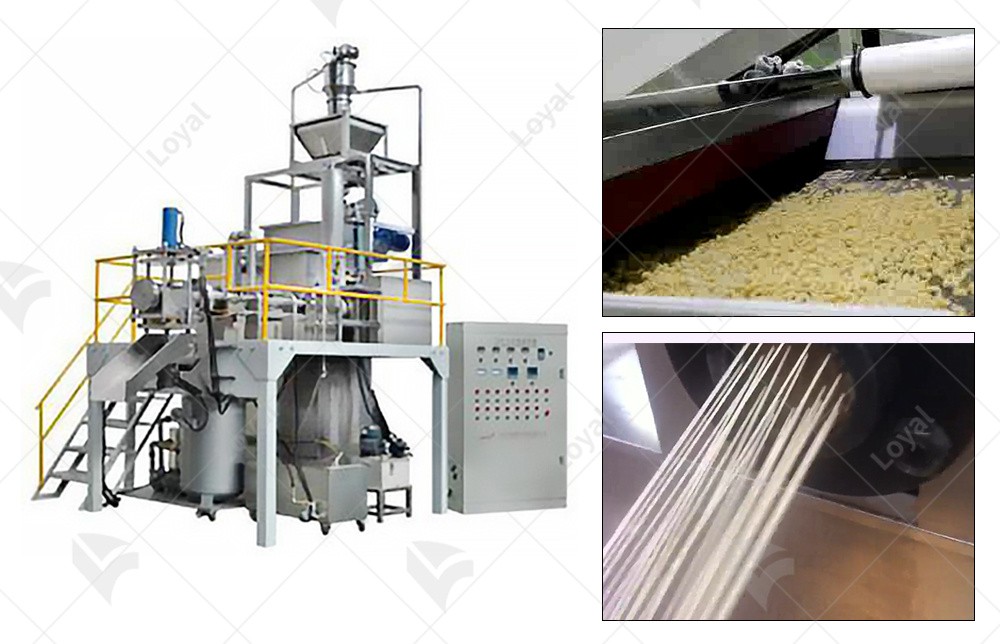
Conclusion
In conclusion, the exploration of fully automated pasta production line prices underscores the transformative impact of automation on efficiency and energy savings. Businesses are urged to embrace the future of pasta production with confidence, recognizing the efficiency gains, sustainability benefits, and cost-effectiveness offered by advanced automated systems. The unlocking of efficiency and energy savings through fully automated pasta production lines represents a pivotal moment in the evolution of the food industry.
Contact Us

- Shandong Loyal Industrial Co.,Ltd.
- Telephone+86 13176674591
- Email[email protected]
- WhatsApp+86 13176674591
- WeChat13176674591
- AddressC623, Jiahui Global Plaza, No. 548, Beiyuan Street, Tianqiao District, Jinan City, Shandong Province
- Factory AddressADD -300m North of Zhangxia Industrial Park, Binhe Road, Zhangxia Town, Changqing District, Jinan
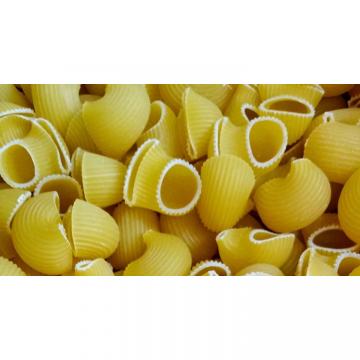

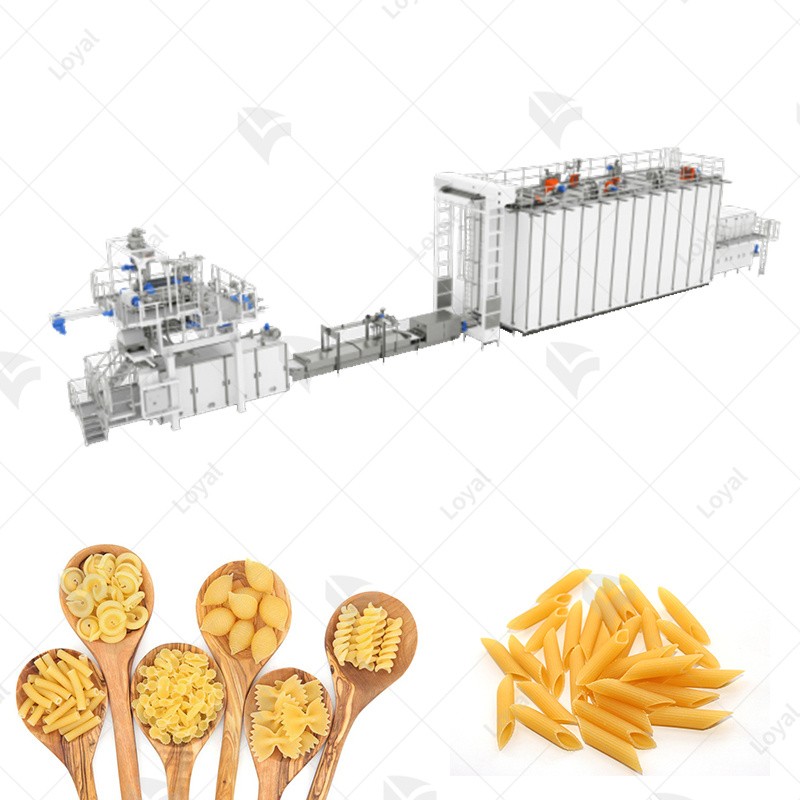

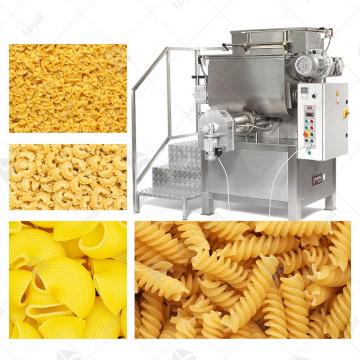
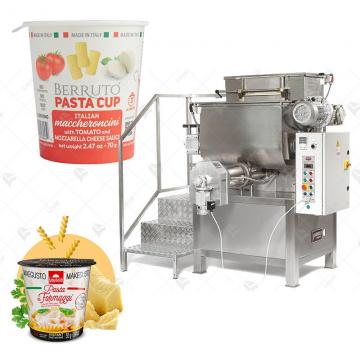 INSTANT PASTA CUP PRODUCTION LINE
INSTANT PASTA CUP PRODUCTION LINE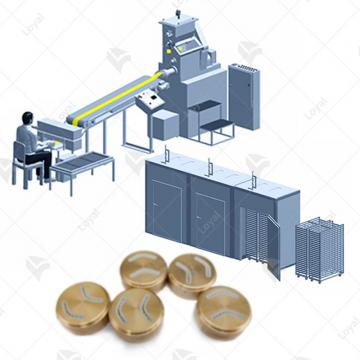 Dry Pasta Production Line
Dry Pasta Production Line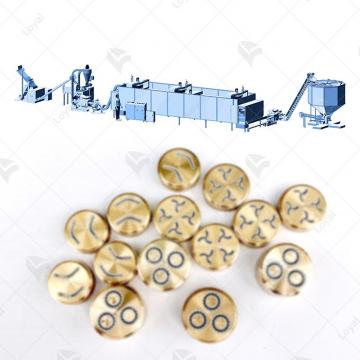 Short-Cut Pasta Production Line
Short-Cut Pasta Production Line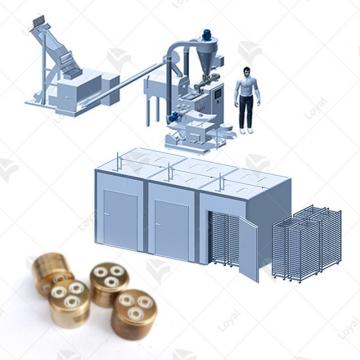 Combined Pasta Production Line
Combined Pasta Production Line